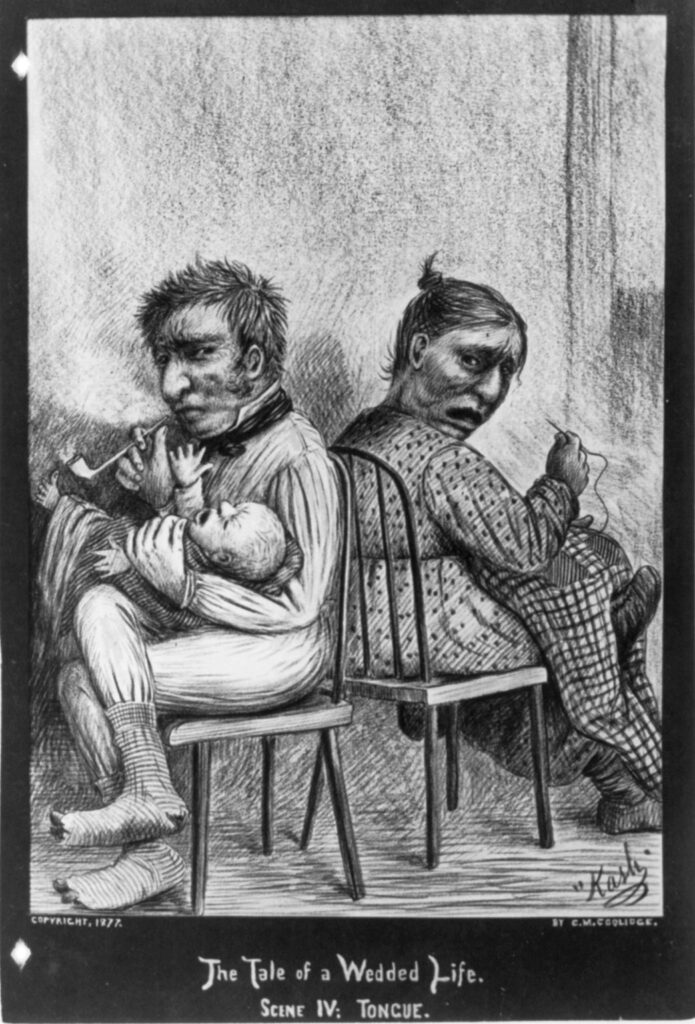This is part two of a two-part post. You can read part one here.
Stories give us great pleasure. Whether we are listeners or storytellers, stories help us build strong mental pictures that confer meaning on the daily flood of phenomena and events. We create stories from our experience to make sense of the past, the present, and to imagine the future. The stories we create are individual and yet reflect our culture, our upbringing, our ancestral history, our neurobiology, and more. They help us survive by ordering random information into a linear sequence of cause and effect. We say: This happened and caused that to happen because of this. Driver #1 thinks: “He rammed into me because he was texting and driving too fast.” Driver #2 thinks: “She drove through the stop sign and wasn’t paying attention.” Conflicts in relationships arise when each party believes their story is the only truth.
In part two of my interview with Melinda Bailey, the psychotherapist and educator explains the benefits of using storytelling and hypnotherapy in her couples therapy practice and illustrates how a compassionate and creative counselor can help clients imagine new possibilities within a troubled relationship.
Dale Kushner: What is the difference between hypnosis and hypnotherapy?
Melinda Bailey: Hypnosis is a state of consciousness and hypnotherapy is the use of hypnosis in therapy.
D.K.: What have been the most significant changes in the field of clinical hypnosis since you first trained?
M.B.: When I first trained in hypnosis, there were two separate approaches to hypnosis, referred to as direct and indirect. The storytelling approach of Milton Erickson represents the indirect approach. Direct suggestions take the form of telling the person directly what to do. Today, it is much more common for the hypnosis practitioner to be familiar with both approaches and to utilize the induction and suggestion method tailored to the client.
D.K.: You are also a skilled storyteller and I believe belong to a guild. Do you weave storytelling into your practice or your teaching methods?
M.B.: I do like to weave storytelling into therapy and into teaching. It is sometimes as straightforward as saying, “I know a story about that, would you be open to hearing it?” I still tell students the polar bear story (see part one).
 Storytelling induces a light trance state and speaks to the unconscious mind. When presented in stories, ways to think about a problem, possible solutions, or steps to try are about someone else, somewhere else. It is not didactic instruction about what to do or how to think or feel.
Storytelling induces a light trance state and speaks to the unconscious mind. When presented in stories, ways to think about a problem, possible solutions, or steps to try are about someone else, somewhere else. It is not didactic instruction about what to do or how to think or feel.
Therapeutic storytelling is often a story that parallels some aspect of the client’s life or therapy issue and offers a solution or new way to think about the situation. There are a number of really fine books of therapeutic stories written to address specific clinical issues for children and adults.
When it comes to receptivity to stories, we adults aren’t that different from children. We read books, go to movies, watch television, go to plays, read the newspaper, listen to podcasts, webinars, or lectures. Children’s stories are often just as helpful for adults as for children. I have a special fondness for nature stories, Native American stories, Buddhist stories, and ones I make up myself.
As a child, I lived in the country and had a special tree that was a friend, listener, and protector—it provided the makings of a story about protection, safety, and a place to play. I often tell a story about the deep roots that nourished the tree and kept it firmly planted while its leaves and branches could move with the wind and changing weather and seasons. Some people are natural storytellers and others, like me, can learn the skill by listening to other storytellers, reading, going to classes that teach how to create an effective story and how to tell stories so others listen.
D.K.: Could you offer an example of how an exchange with a couple might go when you are employing storytelling?
M.B.: There is a specific story that I like to tell couples about a vase that is a family treasure. It gets broken, and then the couple decides to put the pieces back together again. The new/old vase is strong, beautiful, and both the same and different in important ways. The couple is different too as they work together to recreate their vase.
D.K.: Do you see story-telling and hypnotherapy as related modalities?
M.B.: Yes, storytelling and hypnotherapy are very much related. Storytelling is often woven into the hypnotic experience. And storytelling by itself can lead to trance.
D.K.: If possible, I’d be grateful for any examples of how that effort, that treatment might work.
M.B.: I think of storytelling as one intervention, not a complete treatment. Hypnosis is an intervention used for a specific purpose in a treatment plan. For example, one might use the ability to take oneself to another time and place and imagine a walk along an ocean beach with the sights, sounds, and smells of the beach to absorb your attention during an uncomfortable medical or dental procedure.
Read part one of this interview with Melinda Bailey, “Treating Some Common Issues in Couples Therapy.”
This post appeared in a slightly different form on Dale’s blog on Psychology Today. You can find all of Dale’s blog posts for Psychology Today at
If you found this post interesting, you may also want to read “Write Your Own Fairy Tale,” “Art and Empathy: Who Gets to Tell Your Story?” and “Fate and Destiny: What Role Do They Play in Your Life?”
Keep up with everything Dale is doing by subscribing to her newsletter.

